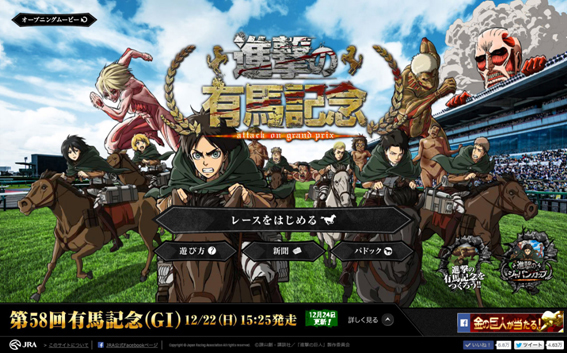This edition of "Practical Digital Marketing to Move Customers" features explanations on promotion and activation by Kyō Sonō and Akio Morita from Dentsu Inc.'s Promotion Design Bureau. As a concrete example of digital-driven promotion, they introduce a case study implemented over one month.
Promotion in the Digital Environment
It goes without saying that technological evolution has profoundly impacted promotion. The proliferation of e-commerce and smartphones, now at the very heart of sales promotion tools.
These transformations have drastically altered consumers' purchasing behavior, continuously expanding the range of solutions promotion can provide. From the consumer's perspective, this has created significant value: the ability to more accurately and conveniently select brands that suit them, making "purchasing easier."
Conversely, from the perspective of the selling companies, the digital elements that must be considered to maximize sales and achieve optimal promotions are accelerating rapidly. Examples include offering in-store coupons based on smartphone location data, mechanisms to synchronize in-store purchasing experiences with online purchases, and solutions that respond to the evolution of omnichannel retail. In today's advanced promotions, it is necessary to manage the entire customer journey holistically. I believe the primary goal of planning has become creating ideas and solutions that achieve activation across the entire customer journey. (Kyō Sonō)
Three Keys to Activation Success
In actual planning, it will be necessary to meticulously coordinate various initiatives. I would like to highlight three key elements that are crucial for the success of promotions and activations today.
First is the "Big Story." A "big, new, and compelling story" is functionally important in today's environment where consumers' own sharing significantly influences purchasing.
Next is "New Connections." The promotion or campaign itself creates new connections. Beyond SNS, LINE, and apps, new platforms capable of creating these connections emerge daily. And finally, "New Customers." Acquiring customers—the fundamental purpose of "promotion"—and concretely generating new customers directly leads to the goal of maximizing sales.
Gartner's "Hype Cycle" model illustrates the adoption process of technology. It posits that after the initial boom subsides, it takes considerable time for widespread adoption to occur. Newly emerging technologies typically undergo "specific waves and maturation phases" before permeating the mainstream.
Determining "which technology, at which stage of evolution," to actually utilize is where current business acumen in promotion is tested. How to optimally leverage the constant stream of emerging technologies is key to securing competitive advantage and is also a crucial perspective for marketing innovation.
Furthermore, for promotions and activations, there exists an "optimal timeframe" for measures to directly yield results, depending on their purpose. The specific activation methods also change depending on the time unit: one day, one month, or one year. For instance, digital promotions aiming to rapidly amplify buzz overnight, with strong emphasis on media PR, often find outdoor or ambient events highly effective. For monthly timeframes, campaigns spreading "content people want to share" across digital media are typical. At the yearly level, solutions like web magazines, owned media development, and CRM become central for nurturing customers and building fan bases. (Kyō Sonō)
A MONTH・Activation Case: Japan Racing Association (JRA) "Attack of the Arima Kinen"
This campaign successfully generated significant viral spread through "content people want to share." The challenge was to appeal to young people, who are increasingly disengaged from horse racing, by leveraging the internet—where they frequently engage—to promote racing's appeal and generate buzz. During planning, we discovered that showing dramatic past horse races to non-horse racing fans excited them and sparked interest. However, they lacked an entry point to watch actual races. Therefore, we decided to create entertainment that would appeal to non-fans, offering a simulated experience of dramatic races.
We focused on the anime "Attack on Titan," which was gaining immense popularity at the time. We reconstructed the riding scenes from the anime, replacing the backgrounds with a horse racing track. With the cooperation of Radio NIKKEI's horse racing announcers and voice actors, we created a game where the anime characters participated in a horse race. The story, which completely reimagined "Attack on Titan" into a different narrative, and the high quality of its production became a hot topic. From the very first day of content release, it garnered significant attention in terms of access numbers, time spent on the site, and shares, and was also featured in news coverage by numerous media outlets.
Throughout the one-month campaign period, we released three renewed versions, including two races timed to coincide with GI races, each designed to generate buzz. This successfully maintained attention on the "Attack on Arima Kinen" throughout the campaign. As a result, it became the most talked-about JRA internet content in history and succeeded in increasing young people's interest in horse racing.
I believe the integration of digital, promotion, and activation forms the core of marketing convergence. We will continue striving to deliver valuable planning and optimal solutions. (Akio Morita)


